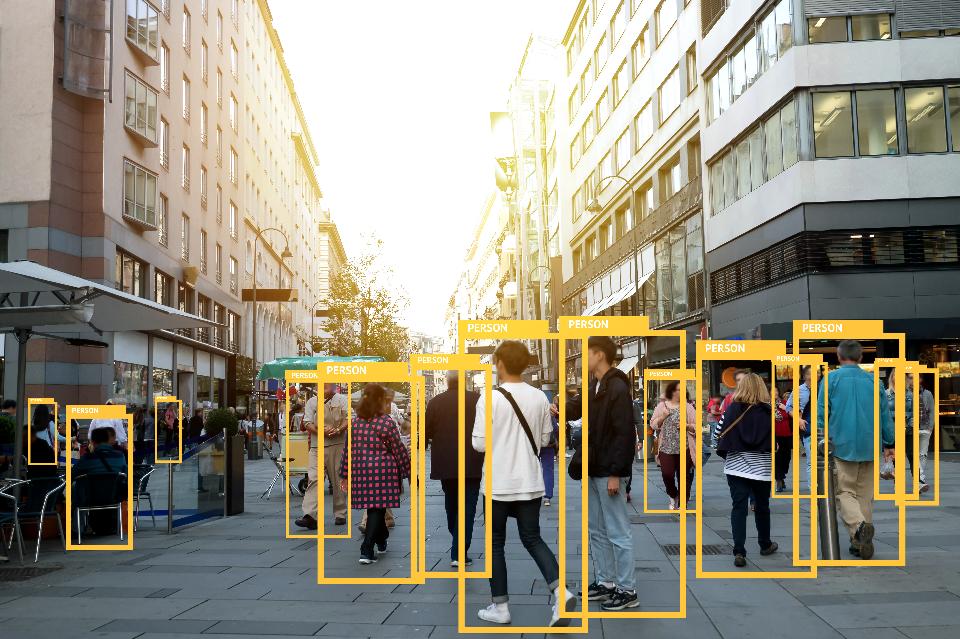The idea of machine learning sounds like a science fiction thriller or action movie where a computer takes over the world. It rarely goes well for the humans (remember I, Robot ?).
copyright by www.forbes.com
 Machine learning is a form of artificial intelligence, and if you ask a computer scientist, you will get a highly technical answer that involves algorithms, pixels and both supervised and unsupervised learning. In simpler terms, a machine “learns” by looking for patterns among massive data loads, and when it sees one, it adjusts the program to reflect the “truth” of what it found. The more data you expose the machine to, the “smarter” it gets. And when it sees enough patterns, it begins to make predictions. Unlike humans, however, machines cannot generalize knowledge or transfer learning from one application to another.
Machine learning is a form of artificial intelligence, and if you ask a computer scientist, you will get a highly technical answer that involves algorithms, pixels and both supervised and unsupervised learning. In simpler terms, a machine “learns” by looking for patterns among massive data loads, and when it sees one, it adjusts the program to reflect the “truth” of what it found. The more data you expose the machine to, the “smarter” it gets. And when it sees enough patterns, it begins to make predictions. Unlike humans, however, machines cannot generalize knowledge or transfer learning from one application to another.
Pure analytical calculating
According to SAS , a computer learns “from previous computations to produce reliable, repeatable decisions and results.” Machines are purely analytical, and despite what filmmakers might suggest, they do not form opinions about the fate of humans. On the other hand, they are certainly more intelligent than the smartest humans and are capable of computations in minutes that would take hundreds of data scientists a year to complete. The idea of machine learning is not new. The term was first defined by Arthur Samuel back in 1959. However, we only recently started realizing its potential when technology became capable of gathering massive amounts of data. By marrying that data to affordable computers with tremendous processing power and inexpensive storage, the age of machine learning was born.
Applications from basic to futuristic
Applications for artificial intelligence are proliferating in every industry. From your bank detecting fraud on your checking account within seconds to your Facebook newsfeed prioritizing information from the people you “like” the most, artificial intelligence is already part of your life, whether you know it or not. Artificial intelligence is also used in search and recommendation engines. For example, Rakuten, the largest e-commerce site in Japan, uses the technology to analyze uploaded photos in order to suggest clothing and accessories to shoppers. So to answer that age-old question, yes, artificial intelligence can help you find the perfect sweater. And you won’t have to spend hours trying to guess the right terms to use on Google or Pinterest. Perhaps the most futuristic (and controversial) of applications are self-driving vehicles. Google’s driverless cars are a frequent sight in the Bay Area. Last year, a self-driving truck built by Uber’s unit Otto made a beer delivery in Colorado with only the help of a police escort. This task clearly required a rapid analysis of data from all sensors to operate.
read more – copyright by www.forbes.com


The idea of machine learning sounds like a science fiction thriller or action movie where a computer takes over the world. It rarely goes well for the humans (remember I, Robot ?).
copyright by www.forbes.com
Pure analytical calculating
According to SAS , a computer learns “from previous computations to produce reliable, repeatable decisions and results.” Machines are purely analytical, and despite what filmmakers might suggest, they do not form opinions about the fate of humans. On the other hand, they are certainly more intelligent than the smartest humans and are capable of computations in minutes that would take hundreds of data scientists a year to complete. The idea of machine learning is not new. The term was first defined by Arthur Samuel back in 1959. However, we only recently started realizing its potential when technology became capable of gathering massive amounts of data. By marrying that data to affordable computers with tremendous processing power and inexpensive storage, the age of machine learning was born.
Applications from basic to futuristic
Applications for artificial intelligence are proliferating in every industry. From your bank detecting fraud on your checking account within seconds to your Facebook newsfeed prioritizing information from the people you “like” the most, artificial intelligence is already part of your life, whether you know it or not. Artificial intelligence is also used in search and recommendation engines. For example, Rakuten, the largest e-commerce site in Japan, uses the technology to analyze uploaded photos in order to suggest clothing and accessories to shoppers. So to answer that age-old question, yes, artificial intelligence can help you find the perfect sweater. And you won’t have to spend hours trying to guess the right terms to use on Google or Pinterest. Perhaps the most futuristic (and controversial) of applications are self-driving vehicles. Google’s driverless cars are a frequent sight in the Bay Area. Last year, a self-driving truck built by Uber’s unit Otto made a beer delivery in Colorado with only the help of a police escort. This task clearly required a rapid analysis of data from all sensors to operate.
read more – copyright by www.forbes.com
Share this: